Description
This book is a comprehensive and up-to-date treatise on the entire gamut of legal provisions and practical issues surrounding unexplained cash credits, loans, deposits, borrowings, and gifts under the Income-tax Act 1961. Meticulously revised to incorporate changes introduced by the Finance Act 2025, it explains the interplay of Sections 68 to 69D in detail, along with donee-based taxation of gifts under Section 56(2)(x). It incorporates illustrative examples, flowcharts, and handy-ready reckoners; this book provides a practical roadmap for understanding how various unexplained or undisclosed amounts are taxed—and how to ensure proper compliance or defend contentious cases before tax authorities.
This book is intended for the following audience:
- Chartered Accountants, Tax Practitioners, and Consultants – Looking for an in-depth analysis of the provisions dealing with unexplained income, loans, borrowings, gifts, and cash credits
- Advocates and Legal Professionals – Needing clarity on litigation aspects, interpretation of law, and precedent-based strategies for appeals and dispute resolution
- Corporate Finance and Compliance Teams – Seeking guidance on best practices for structuring transactions, raising capital, receiving gifts or loans, and fulfilling disclosure requirements under the Income-tax Act
- Individuals and HUFs – Needing clarity on personal transactions such as family gifts, undisclosed investments, or receipts from relatives and their tax implications
The Present Publication is the 14th Edition | 2025, amended by the Finance Act 2025. This book is authored by Taxmann’s Editorial Board with the following noteworthy features:
- [Comprehensive Guidance on Sections 68 to 69D] Explains the taxation of unexplained cash credits, investments, money, bullion, undisclosed expenditures, and hundi transactions
- [Donee-based Taxation of Gifts] Detailed coverage of Section 56(2)(x), including money gifts, immovable property, movable assets, artistic works, shares, and securities—complete with examples
- [Ready Reckoners] Instant reference tools listing out:
- Legal consequences of different types of ‘investments’ based on nature and source
- Who qualifies as a ‘relative’ for tax-free gifts
- Tax implications for both donor/transferor and donee/transferee in respect of property transfers
- [Flowcharts and Practical Scenarios] Step-by-step visual aids to clarify applicability, compliance requirements, and potential pitfalls under each section
- [Case Law and Illustrations] Judicial precedents and illustrative instances of additions, disallowances, and successful defences
- [Anonymous Donations and Trusts] Addresses the nuances of anonymous donations to charitable/religious trusts—how they intersect with Section 68 and Section 115BBC
- [Alphabetical Ready Reckoner] A quick index that alphabetically compiles topics like bogus purchases, penny stocks, share application money, demonetisation scenarios, etc., for immediate look-up
The coverage of the book is as follows:
- Division One – Undisclosed Income
- Chapters 1–18 comprehensively cover Sections 68 to 69D, exploring scenarios such as cash credits (including share capital, loans, and deposits), unexplained investments (lottery tickets, bullion, real estate), unexplained money (including demonetised currency), expenditures, and hundi transactions
- Detailed discussions on detection by the Department, voluntary disclosures, and how to defend assessments or additions made by AO
- Division Two – Donee-Based Taxation of Gifts of Money
- Chapters 19–25 analyse the entire framework under Section 56(2)(x) for taxing sums of money received as gifts, clarifying exemptions, relative definitions, monetary limits (the INR 50,000 threshold), and exceptions (like marriage or inheritance)
- Division Three – Taxation of Gifts of Immovable Property
- Chapters 26–32 discuss transactions involving land, buildings, or both—covering conditions for taxability, date of receipt, valuation (stamp duty value vs. consideration paid), partial consideration below fair market value, and capital gains consequences upon subsequent transfer
- Division Four – Taxation of Gifts of Movable Property
- Chapters 33–42 deal with movable assets (shares, securities, jewellery, bullion, artistic works), explaining fair market valuation rules, thresholds, and the interplay with Section 50CA, if applicable
- Appendices
- Appendix 1–4 incorporate relevant extracts of the Income-tax Act 1961, Income-tax Rules 1962, guidelines for jewellery seizure during the search, and relevant provisions of the Securities Contracts (Regulation) Act 1956, among others
- Alphabetical Ready Reckoner to Gifts, Loans & Cash Credits
- A user-friendly, A-to-Z index of typical issues, case references, practical scenarios, and cross-references to the relevant chapter paragraphs—making research quick and efficient
The structure of the book is as follows:
- The book is logically segmented into four major divisions based on the type of transaction or asset (undisclosed income, gifts of money, gifts of immovable property, and gifts of movable property)
- Each division is subdivided into chapters that provide a focused, in-depth exploration of specific issues—supported by examples, judicial rulings, flowcharts, and practice notes
- Key highlights or ‘ready reckoners’ appear at the start of each division and frequently within chapters, offering snapshots of rules, definitions, and immediate checklists
Read Less
About the author
Taxmann’s Editorial Board
At the core of Taxmann’s commitment to delivering insightful and reliable information is a highly skilled Research & Editorial Team consisting of Chartered Accountants, Company Secretaries, and Lawyers. Guided by Editor-In-Chief Mr Rakesh Bhargava, this team upholds Taxmann’s role as a leading content provider in the professional knowledge space.
Operating with Six Sigma-inspired precision, the team is driven to eliminate errors and maintain excellence across all content outputs. Their content creation follows strict editorial principles to ensure authority, depth, and insight. Key guidelines include:
- Verified Sourcing – All statutory content is carefully curated from credible, authorised sources, ensuring authenticity and dependability
- Up-to-Date Information – With a commitment to timely updates, the team ensures readers are informed of the latest judicial and legislative changes
- Analytical Depth – Focused on high-impact issues, the team provides deep analysis to help readers understand the implications and nuances of recent developments
- Precise and Accurate Communication – Each publication is crafted for clarity and precision, making complex topics accessible and practical for professionals
- Rigorous Referencing – Analytical insights are thoroughly referenced with relevant sections, circulars, notifications, and rulings, enhancing trustworthiness
- Consistency and Quality – Taxmann adheres strictly to standards of style, grammar, and format, ensuring a smooth and professional reading experience
- Reader-Friendly Design – Both print and digital formats are designed with legibility in mind, enhancing accessibility across platforms
By adhering to these standards, Taxmann’s Editorial Team strengthens its position as a trusted content company, empowering professionals with authoritative resources to make informed decisions.
Read More…

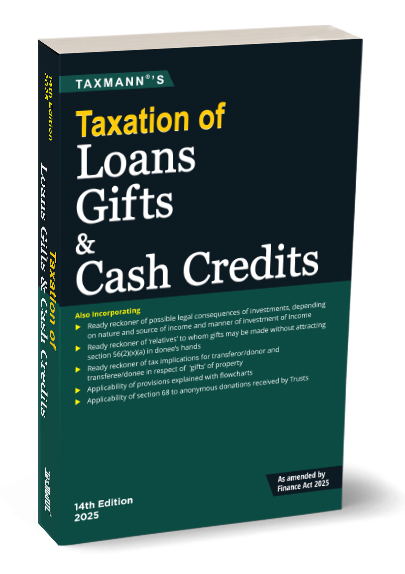
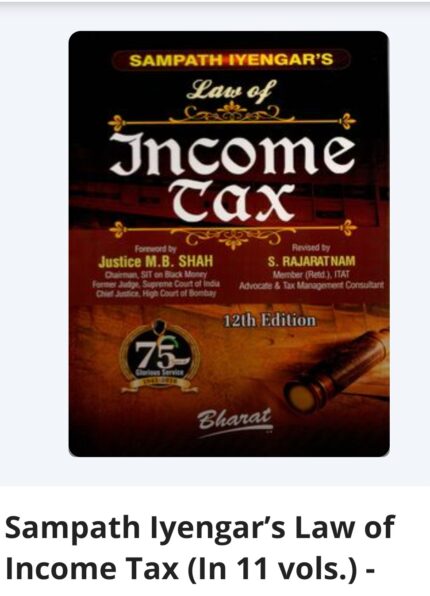

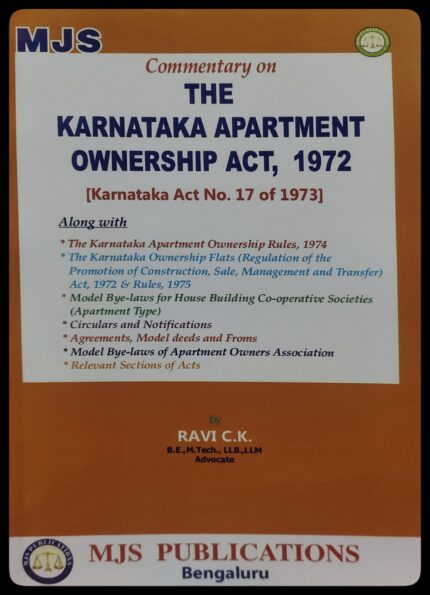
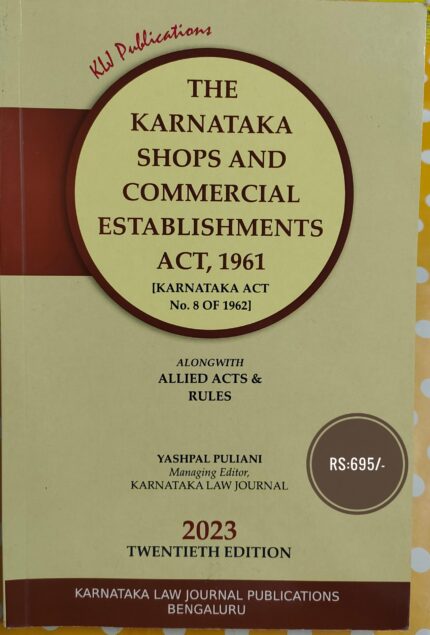
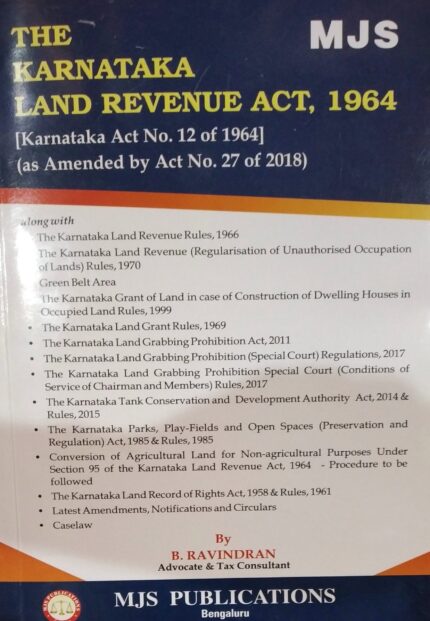
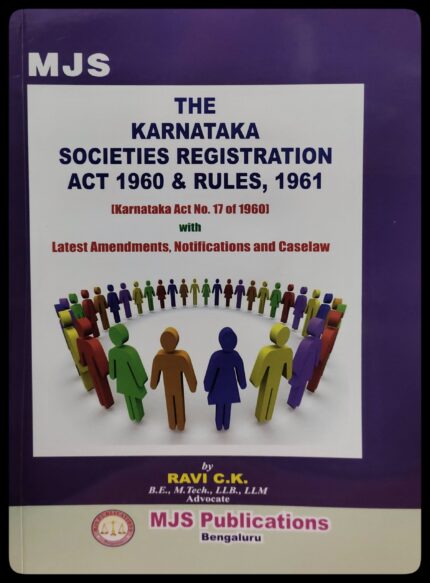
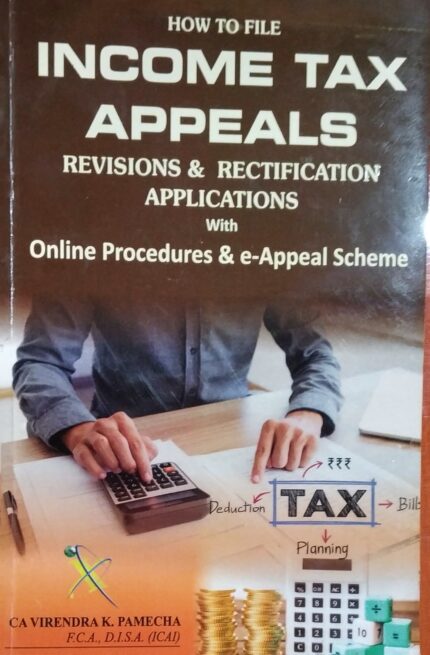

Reviews
There are no reviews yet.